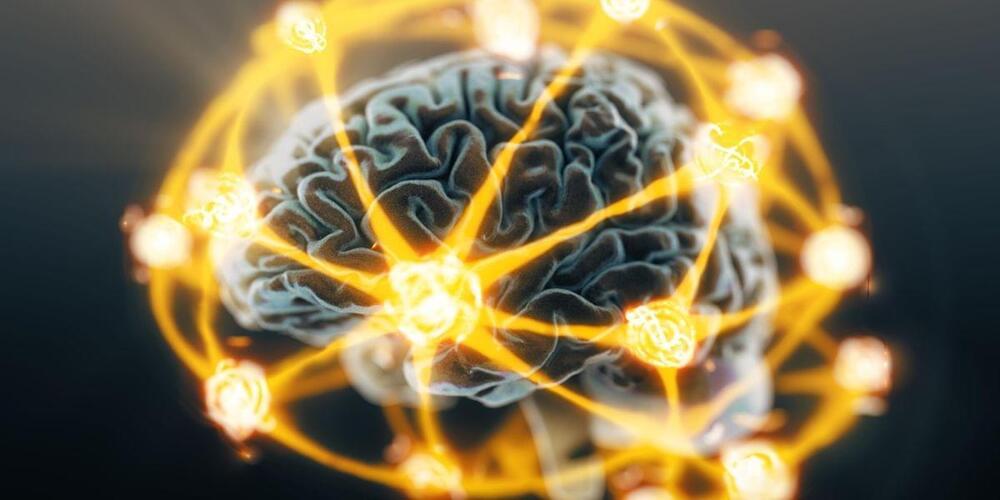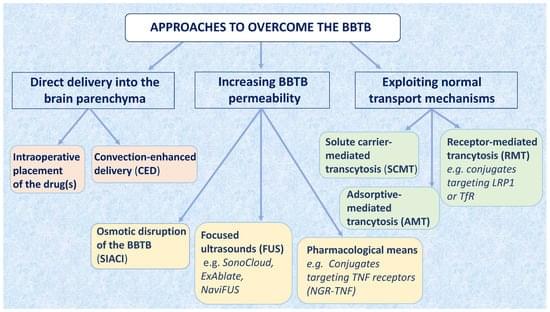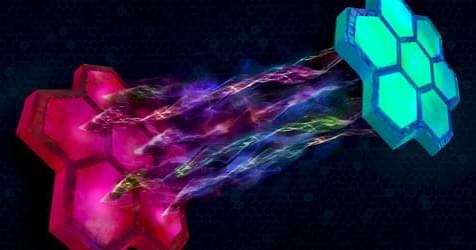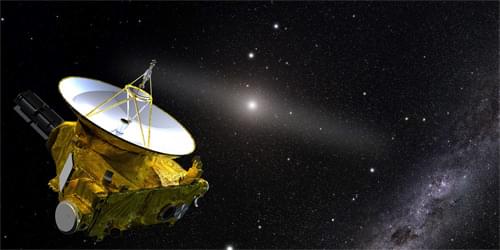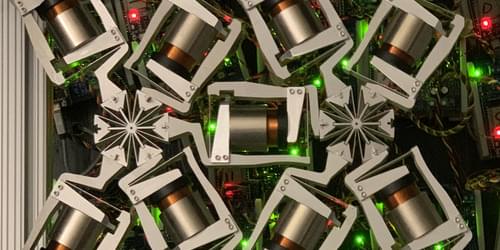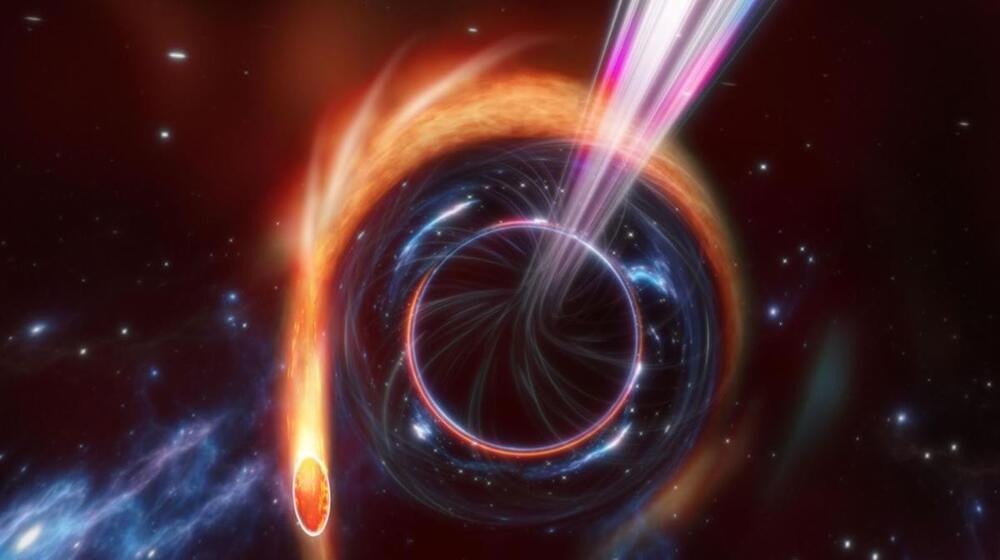In the new study, Spagnolo and his colleagues instead developed a quantum memristor that relies on a stream of photons existing in superpositions where each single photon can travel down two separate paths laser-written onto glass. One of the channels in this single-qubit integrated photonic circuit is used to measure the flow of these photons, and this data, through a complex electronic feedback scheme, controls the transmissions on the other path, resulting in the device behaving like a memristor.
Normally, memristive behavior and quantum effects are not expected to coexist, Spagnolo notes. Memristors are devices that essentially work by measuring the data flowing within them, but quantum effects are infamously fragile when it comes to any outside interference such as measurements. The researchers note they overcame this apparent contradiction by engineering interactions within their device to be strong enough to enable memristivity but weak enough to preserve quantum behavior.
Using computer simulations, the researchers suggest quantum memristors could lead to an exponential growth in performance in a machine-learning approach known as reservoir computing that excels at learning quickly. “Potentially, quantum reservoir computing may have a quantum advantage over classical reservoir computing,” Spagnolo says.
